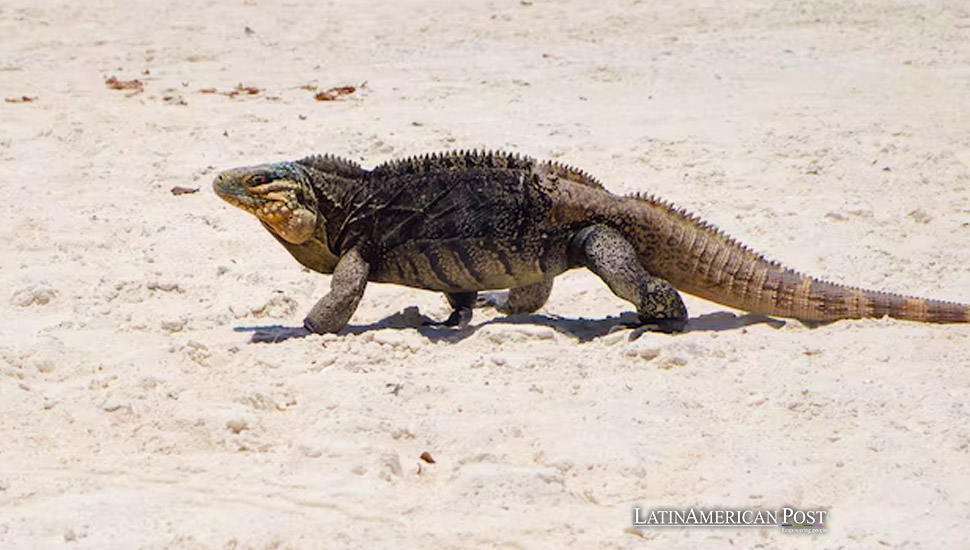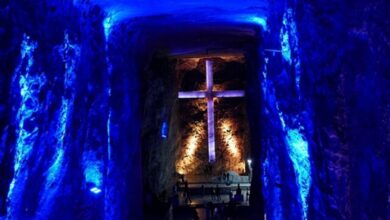Peru’s Deadly Conflict: Balancing Progress and Indigenous Rights

The recent deaths of two loggers at the hands of the Mashco Piro tribe in Peru highlight the ongoing clash between economic development, indigenous rights, and environmental protection. Navigating these complex issues is crucial for the country’s future and Amazon’s survival.
In the dense forests of the Madre de Dios region in Peru, a tragic clash unfolded last week when members of the Mashco Piro killed two loggers. This indigenous group has long isolated itself from the outside world. The loggers, part of a group working to open a trail for a logging company, were reportedly attacked with arrows by members of the tribe, leaving two dead, one injured, and two missing. The incident highlights the ongoing struggle to balance economic development and indigenous rights in the Amazon, a region where economic interests often collide with ancient cultures and environmental protection.
This clash is not the first of its kind. Between 2015 and 2022, at least four people, including loggers and residents, were killed in encounters with the Mashco Piro, highlighting the ongoing risks in areas where indigenous territories overlap with expanding economic ventures. The complexity of these incidents points to broader global tensions that have long existed between Indigenous communities, economic development, and environmental protection, requiring careful examination and a nuanced understanding of how we navigate the future of these delicate ecosystems.
Culture and Modernity: A Historical Clash
The conflict in the Peruvian Amazon is just one example of history’s broader tension between culture and modernity. Indigenous groups, often profoundly connected to the land and their environment, have frequently been seen as obstacles to modern economic development, which prioritizes resource extraction, infrastructure projects, and agricultural expansion. In many cases, indigenous communities are forced into violent confrontations with governments or corporations that seek to encroach on their territories in the name of economic progress.
Historically, similar conflicts have occurred across the globe. In the 19th century, the displacement of Native American tribes in the United States—often referred to as the “Trail of Tears”—illustrated the brutal reality of forced relocation in the name of modern expansion. As settlers moved westward, the U.S. government actively pushed indigenous groups from their lands to make way for agriculture, mining, and railroads, leading to untold suffering and the loss of indigenous cultures and ways of life.
A similar dynamic has played out in the Amazon over the last century. The demand for rubber, timber, oil, and other natural resources has often led to the displacement or destruction of indigenous communities. The Brazilian Amazon, for instance, has witnessed countless confrontations between indigenous groups and loggers or miners, culminating in violence, the destruction of ecosystems, and the loss of ancient cultural traditions. These historic precedents reveal the recurrent and persistent conflict between cultural preservation and modernity’s relentless push for economic growth.
While such economic activities have often been framed as essential for national development, they are expensive. The destruction of indigenous territories not only threatens the survival of these cultures but also poses significant environmental risks. The Amazon, often called the “lungs of the Earth,” plays a crucial role in regulating the global climate, and its deforestation accelerates climate change. This makes the situation all the more complex: how do we balance protecting indigenous rights, promoting economic development, and preserving the environment?
The Role of Economic Needs and Environmental Protection
In regions like the Peruvian Amazon, the pressure to develop the land for economic purposes often supersedes concerns for environmental sustainability. The global demand for timber, minerals, and agricultural products drives deforestation, with loggers, miners, and large agribusinesses seeking to exploit the forest resources. For governments, particularly in developing countries, extracting these resources represents an opportunity to boost the economy, create jobs, and increase national revenue.
However, this drive for economic growth is fraught with significant consequences. Deforestation in the Amazon has reached alarming levels in recent decades, destroying biodiversity and releasing massive amounts of carbon dioxide into the atmosphere. This degradation of the environment not only threatens the global climate but also directly impacts the livelihoods of indigenous communities who rely on the forests for their survival.
Indigenous groups like the Mashco Piro live in delicate harmony with the environment, relying on it for food, shelter, and cultural practices. The consequences are often devastating when outsiders encroach on their territories—whether through logging, mining, or infrastructure projects. Wildlife is displaced, water sources are polluted, and the very ecosystems these communities depend on are destroyed. For isolated tribes like the Mashco Piro, any interaction with the outside world poses an existential threat, as diseases introduced by outsiders can decimate populations that have no immunity to them.
In the recent clash in Peru, the tension between the need for economic development and the desire to protect the Amazon’s rich biodiversity came to a violent head. The tragic deaths of loggers highlight the high stakes of these encounters and the underlying question: Is there a way to balance the economic needs of modern societies with the preservation of indigenous cultures and the protection of the environment?
Learning from the Past
As we look for solutions to prevent future violence and protect both Indigenous communities and the environment, there are important lessons to be learned from historical cases around the world.
One approach that has been used with some success is establishing protected areas and indigenous reserves, where indigenous communities are given legal rights to their land, and outside encroachment is strictly regulated. In Brazil, the creation of indigenous reserves has helped shield some indigenous groups from the worst effects of deforestation and resource extraction. However, enforcement of these reserves remains challenging as illegal logging and mining activities continue to threaten these protected areas.
International recognition of indigenous land rights can also play a crucial role. Countries like New Zealand and Canada have made significant strides in recognizing the land claims of Indigenous groups, allowing them greater control over their territories and providing them with a platform to negotiate with the government and private companies. These legal frameworks can serve as models for other countries facing similar conflicts.
Furthermore, fostering sustainable development initiatives that involve Indigenous communities’ involvement in the decision-making process is essential. Initiatives that can include eco-tourism, sustainable forestry, and the promotion of Indigenous knowledge in environmental management provide economic opportunities for Indigenous groups and help preserve their cultural heritage and protect the environment.
However, these solutions must be accompanied by more substantial international pressure to curb deforestation and promote sustainability. As the Amazon plays a vital role in global climate regulation, the international community is vested in ensuring its protection. Initiatives such as the Paris Agreement provide a framework for countries to commit to reducing deforestation and supporting indigenous rights as part of the broader fight against climate change.
Balancing the Future
The tragic clash between the Mashco Piro tribe and the loggers in Peru underscores the urgent need for a more comprehensive approach to managing the tensions between economic development, environmental protection, and cultural preservation. As the world faces the dual crises of ecological degradation and the erosion of indigenous cultures, we must find solutions that prioritize the well-being of all stakeholders.
The situation in Peru, while deeply complex, is not unique. Across the world, indigenous communities continue to fight for their rights in the face of expanding economic development while ecosystems are pushed to the brink. Governments, corporations, and civil society must collaborate to create systems that protect indigenous territories, promote sustainable development, and preserve the environment for future generations.
Also read: Peru’s New Law Undermines Justice for Atrocity Victims
As history has shown, unchecked economic growth can have devastating consequences for both people and the planet. The challenge is not to choose between financial needs and environmental protection but to find ways to integrate the two. By learning from past conflicts, strengthening legal protections for indigenous communities, and embracing sustainable development practices, we can move toward a future where cultural preservation, economic prosperity, and environmental sustainability coexist.





